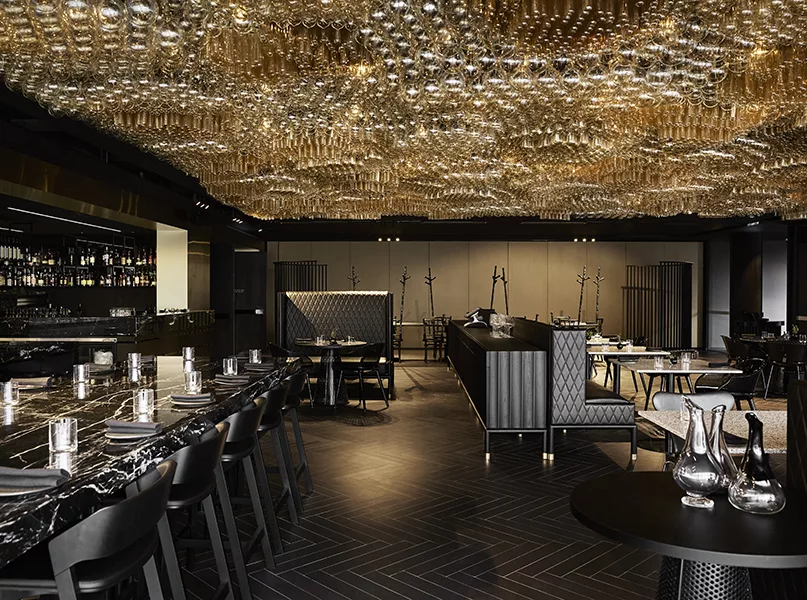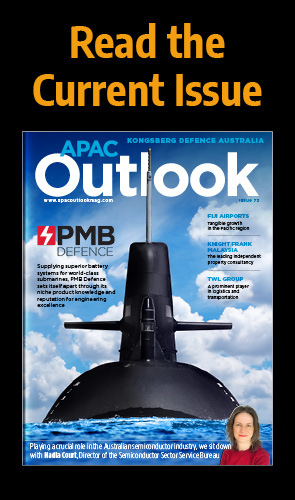Constructing custom houses and high-end apartments in Melbourne, VCON continues to build its brand. We speak to Director Anthony Morton about the company’s latest developments.
THE FINER ELEMENTS OF ARCHITECTURE
Renowned for luxury and prestige in the construction industry, VCON is a byword for high-end residential buildings and has developed a unique reputation over the past 25 years.
VCON’s group of companies is categorised by three residential types, which the organisation has chosen to segregate as different entities to maintain the exclusivity of the brand.
Target projects for VCON are architectural custom houses with a typical value of AUD$10 to 50 million. These residences are rare, and as such, the volume at which they are constructed is limited. At any one time, VCON will only have two or three houses under construction.
“The reason is simple – few individuals commission houses of this magnitude. As such, VCON usually finds the role of construction begins with an early contractor involvement (ECI),” introduces Anthony Morton, Director of VCON.
ECI is a technique employed by the industry whereby the design team works collaboratively with a head contractor during the design development phase. This ensures the design accords with best practice, and when the design is ultimately costed, it will be within the owner’s budget.
In turn, VCON works closely with its subcontractors and suppliers to provide feedback to the design team to ensure it is adequate to meet the client’s directives.
“Our philosophy is to promote the architect to be as creative and indulgent as their repertoire allows, obviously always carefully abiding by the client’s brief. We provide advice on costings, programmes, and availability of materials to ensure the design of construction methodology is correct,” Morton tells us.
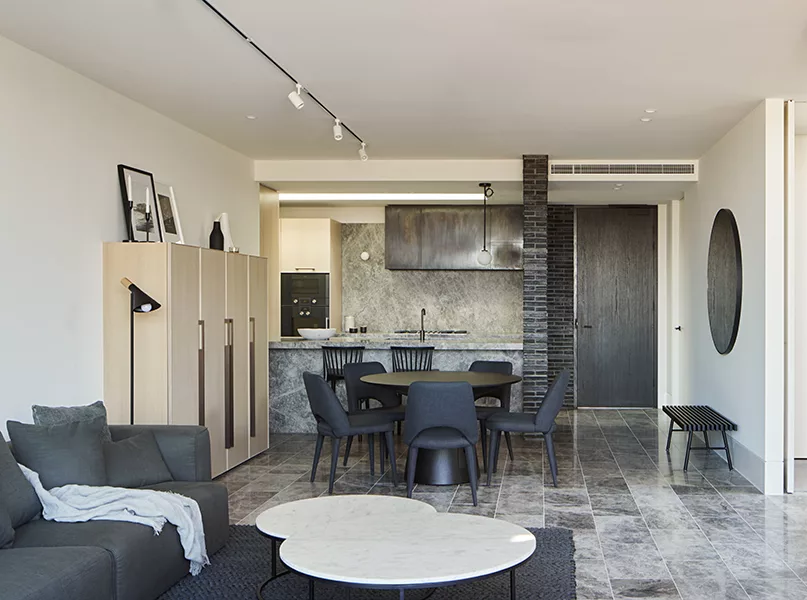
THE THREE ELEMENTS
Morton was determined not to forgo the arm of VCON which constructs large houses; therefore, 15 years ago, he opted to brand the apartment arm of the company as Element Five, which became the face of the more commercial side of the business specialising in mid-level apartments in the inner city.
“We found the correlation was a positive force, given the quality of construction was synonymous with VCON. Today, we wonder how Element Five can construct a 20-odd-storey apartment building in less time than a three-storey house,” recalls Morton.
Morton thinks the predominant reason for this construction phenomenon is the level of detail in the houses dictates the sequence of trades, and the overlap of trades is not possible when achieving the level of complexity these houses have.
“Element Five’s conception was directly attributable to VCON’s pathway. As directors, we were increasingly approached by developers and architects to provide a service to construct apartments.”
The main reason was the magnitude of the houses VCON was involved with had many characteristics of apartments – namely basement retention and concrete structures.
“From a PR perspective, we needed the VCON brand not to be tarnished by the commercial aspect of apartment construction. This is the reason we began to operate under the Element Five banner, which is a spin-off of Chinese methodology’s five essential elements of fire, water, earth, wind and space,” he details.
Finally, to accompany VCON and Element Five, VCON Multi was created to cater to the emerging demand for high-end apartment living.
“We have seen a trend in the community of Melbourne to embrace apartment living due to several factors. Primarily, downsizing the family home to free up equity for retirement for the older generation and to assist the struggling younger generation,” observes Morton.
Another benefit of apartment living is the proximity to Melbourne’s excellent infrastructure, such as entertainment and sporting events. VCON Multi caters to the demand for luxury apartments in the most desirable blue-ribbon suburbs.
Specialised projects must fit specific criteria to enable the developer to market the project as VCON, such as the project design must be exclusive, and the product must sit within a certain price point following the same design as VCON houses.
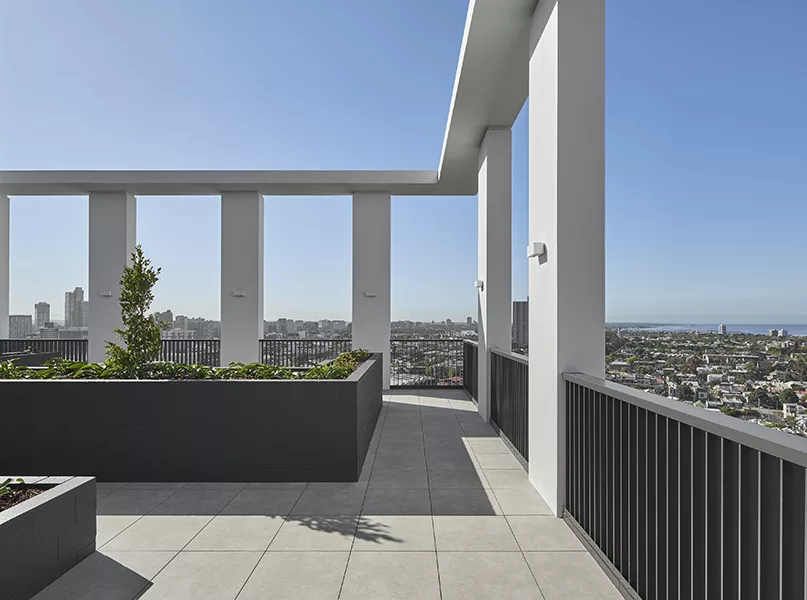
A DESIGN FOR LIVING
Luxury Brighton apartment development, The International, is a VCON Multi project and a joint venture between V-leader and Landream. The developers sought to create a unique residential space specifically targeted to individuals who want high-quality, large apartments in an excellent location.
As a seaside suburb of Melbourne, Brighton is known for large, expensive houses, excellent old-school shopping strips, and outstanding parks and beaches – all within 10 kilometres (km) of the central business district.
“National award-winning Carr Architects headed up the design, and VCON has a valued relationship with the company, spanning decades and delivering some of Australia’s best residential and commercial experiences,” Morton states.
Every project designed by Carr Architects has a distinctive and robust character, and Brighton International is no different. For example, the façade is minimal, and a glass-reinforced concrete (GRC) rain screen envelopes the structure.
GRC was selected partly because its properties can withstand high tolerances along with its velvety aesthetic. Thus, the entire façade of the building is GRC mounted on a structural steel subframe that effectively hides all fixing and creates the rain screen.
“The internals are also minimalist but not stark. All the finishes are exotic, with stone, timber, and polished plaster, to name a few. The residents also enjoy large communal shared areas, which have abundant light and water features to balance the sheer walls of the monolithic GRC,” he explains.
The project has not been without its challenges for the delivery team; purchaser changes include large adjacent apartments that were bought and amalgamated into one giant super apartment. Another purchaser bought an apartment to convert into servants’ quarters.
“The developer was determined to attract buyers who wanted to put their individual touch on their apartment; as such, purchasers set about using the services of Carr Architects to achieve this.”
VCON Multi is proud to rise to the challenges as nothing is standard, and design documentation is being produced in parallel with construction. The company also takes pride in most large trades, such as joinery, windows, and the GRC, which are locally produced.
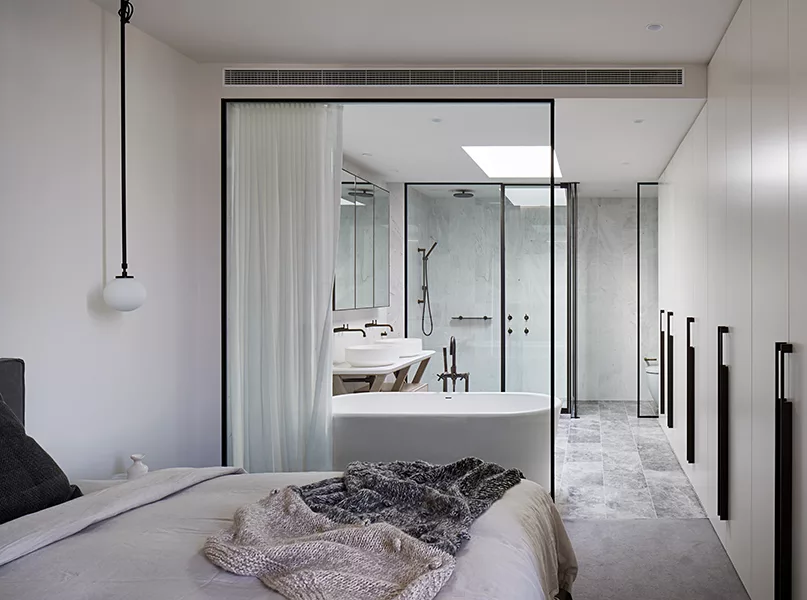
CHALLENGES WITHIN THE INDUSTRY
“I have honestly never seen the industry in such a turbulent place. The combination of rising interest rates, the unpredictable nature of supply channels, and the ongoing effect of the COVID-19 pandemic have all been a challenge, but one of our biggest hurdles is finding construction workers,” shares Morton.
Morton believes the struggles are due to younger generations wanting to explore the world, a consequence of the quarantine imposed by the COVID-19 pandemic.
“Local craftmanship is always a great thing to provide. Although, due to the rise of China, procurement is directed offshore to enable us to be competitive. If all other builders are offering overseas procurement at a discount to local manufacturers, then builders have few options to provide locally sourced materials and labour,” says Morton.
However, Brighton International has bucked this trend, and as such, the “usual players” in offshore products have significantly reduced. If a stone is specified from Italy or appliances from Germany, offshore manufacturing is mandatory, albeit joinery and windows are produced in Melbourne.
“The developers and VCON consciously decided to use local trades, and the results speak for themselves. Quality is paramount at Brighton International, and it is synonymous with local craftsmanship,” he assures.
As the factories producing these products tend to be significantly smaller than offshore manufacturers, the attention to detail is magnified. Finally, the logistics are suited to the requirements of customisation. Therefore, changes in design can be coordinated more efficiently with local trades.
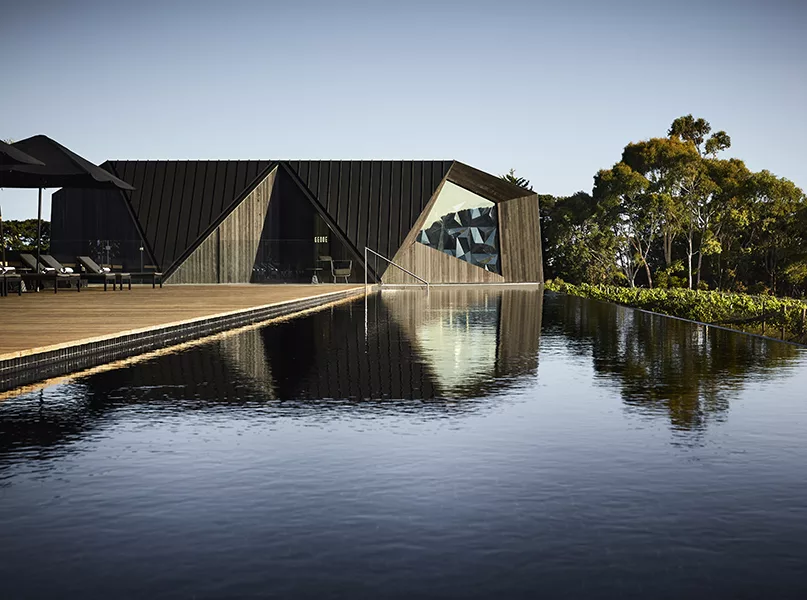
PROJECTS IN THE PIPELINE
Regarding ongoing projects, VCON is currently working on a boutique hotel in South Melbourne. The developer has joined forces with a new and exciting chain of luxury hotels, and the Melbourne build is destined to be the first of its kind in Australia.
“We also have an extremely large and modern house destined to be built on the Brighton beachfront. However, the site comes with its challenges, but none no greater than keeping the ocean out of the basement,” Morton notes.
The client wants their house to be an experience for the senses, with internal gardens, soaring voids, and the mandatory ten-pin bowling alley – all within the backdrop of the beautiful Port Philip Bay.
“Finally, we continue to work with a brand called Intermode, which has developed a unique service for those looking for a relatively quick and easy process in planning approval and getting a finely designed and crafted house,” he informs us.
VCON and Intermode provide lifestyle, architecturally designed modular houses, often found on a crest in the Mornington and Bellarine peninsula or the range surrounding Melbourne’s northeast.
“At this stage, we are consolidated to performing in our chosen fields. We are a strong believer in ‘sticking to our knitting’. We prefer to strive for the best in practice, rather than practising to be the best in other fields,” Morton concludes.
